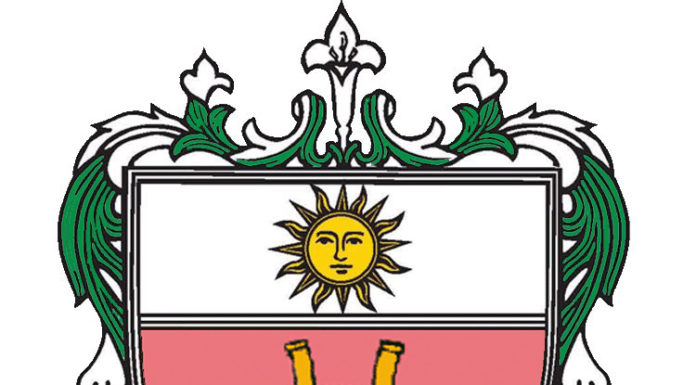EVER wonder why you receive junk mail?
Programs using the Internet to steal Internet mailing lists, collect e-mail addresses by searching the web, or gather random e-mail addresses are to blame for what you receive as junk mail—more popularly known as spam.
Spam is unsolicited e-mail, often containing business or sales offers, sent indiscriminately to multiple mailing lists or individuals, or simply, “junk e-mail.”
This seemingly insignificant Internet sales promotion technique has been the scourge of e-mail users as spam floods the storage capacities of e-mail service providers—including UST’s.
According to Santo Tomas E-Service Providers (Steps) consultant John Uy, the University receives about 250 spam emails daily from about 1,000 messages circulating in the Thomasian e-mail service. Steps personnel rely on spam-filtering devices to regulate the “junk”—like unwanted pornography and marketing—before it invades the accounts of its users.
“Among the technologies being used by our anti-spamming softwares is the Bayesian spam filter,” Uy said. “Basically, it reads spams and regular messages and ‘learns’ from them to classify messages in the future.”
The Bayesian spam filter calculates the probability of a message being spam-based through scores it assigns to specific key words like headers, or HTML codes. Another technique adopted by the Steps is the Realtime Blackhole List (RBL), which blacklists Internet Protocol addresses that allow the proliferation of spam.
Uy said although the Bayesian filter properly identifies spam, they still need to go through the files to make sure no regular messages were classified as spam.
“There is no 100 per cent success rate in any software, whether it is an anti-virus or spam-filtering (software),” Uy said.
Uy suggested ways to evade spam by avoiding e-mail messages sent by strangers and suspicious Internet subscriptions, and checking the privacy policies of web sites.
Uy added that only vigilance and responsible Internet use can help minimize spamming.
UST has three e-mail systems, two of which can be accessed outside the University. Mario Raagas of the Computer Center said the University is in the process of phasing out these two systems and incorporating all accounts into a unified e-mail system using the Microsoft Exchange Server. This is to make maintenance work like spam filtering and user account management easier. Reagan D. Tan with reports from Popular Mechanics
















